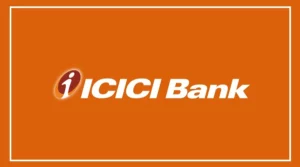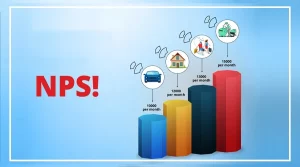If you are planning to build long-term wealth, two popular investment options stand out — Systematic Investment Plan (SIP) and Public Provident Fund (PPF).
Both help you grow your savings over time but differ in how they work, their risk levels, and the kind of returns they offer.
Let’s understand each option and find out which one can give you a higher return after 15 years.
What is SIP and How Does It Work?
A Systematic Investment Plan (SIP) is a market-linked investment option.
It allows investors to invest a fixed amount every month in mutual funds.
Since SIPs are tied to market performance, the returns are not fixed — but they can be higher in the long run.
You can start investing in SIPs with as little as Rs 500 per month, and there is no upper limit on how much you can invest.
For example, if you invest Rs 1.25 lakh per year (Rs 10,417 per month) for 15 years with an assumed annual return of 12%, your total investment would be Rs 18.75 lakh.
At the end of 15 years, your estimated corpus could reach around Rs 49.57 lakh, including gains of Rs 30.82 lakh.
What is PPF and What Returns Can You Expect?
The Public Provident Fund (PPF) is a government-backed savings scheme known for its guaranteed returns and safety.
It is ideal for risk-averse investors.
You can invest a minimum of Rs 500 per year and up to Rs 1.5 lakh per year in a PPF account.
The maturity period is 15 years, and the current interest rate is 7.1% per annum.
If you invest Rs 1.25 lakh per year in PPF for 15 years, your total investment would be Rs 18.75 lakh.
At the end of the term, your money would grow to Rs 33.90 lakh, including an interest gain of Rs 15.15 lakh.
SIP vs PPF: Which One Wins?
In this comparison, SIP clearly outperforms PPF in terms of potential returns.
While PPF offers stability and guaranteed growth, SIP gives investors a chance to earn much higher returns over time, especially if they can handle short-term market fluctuations.
However, the right choice depends on your financial goals and risk appetite.
SIPs suit investors aiming for long-term wealth creation, while PPF is better for those who prefer safety and steady returns.

























